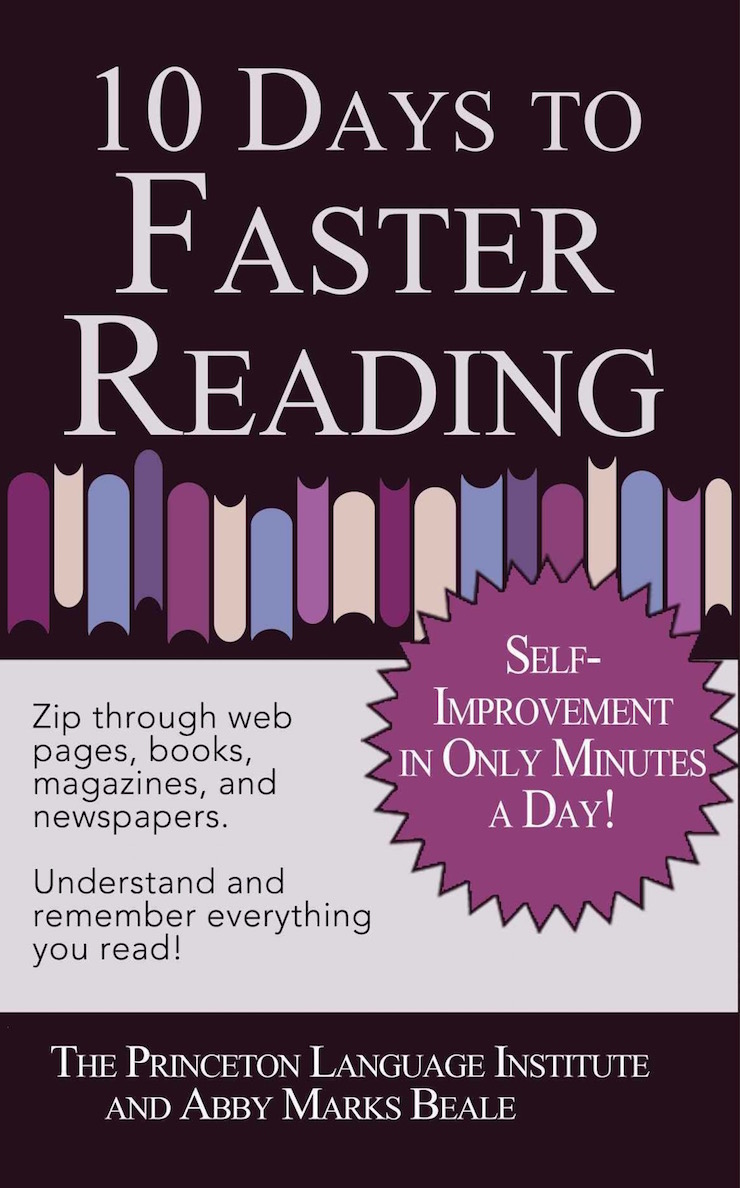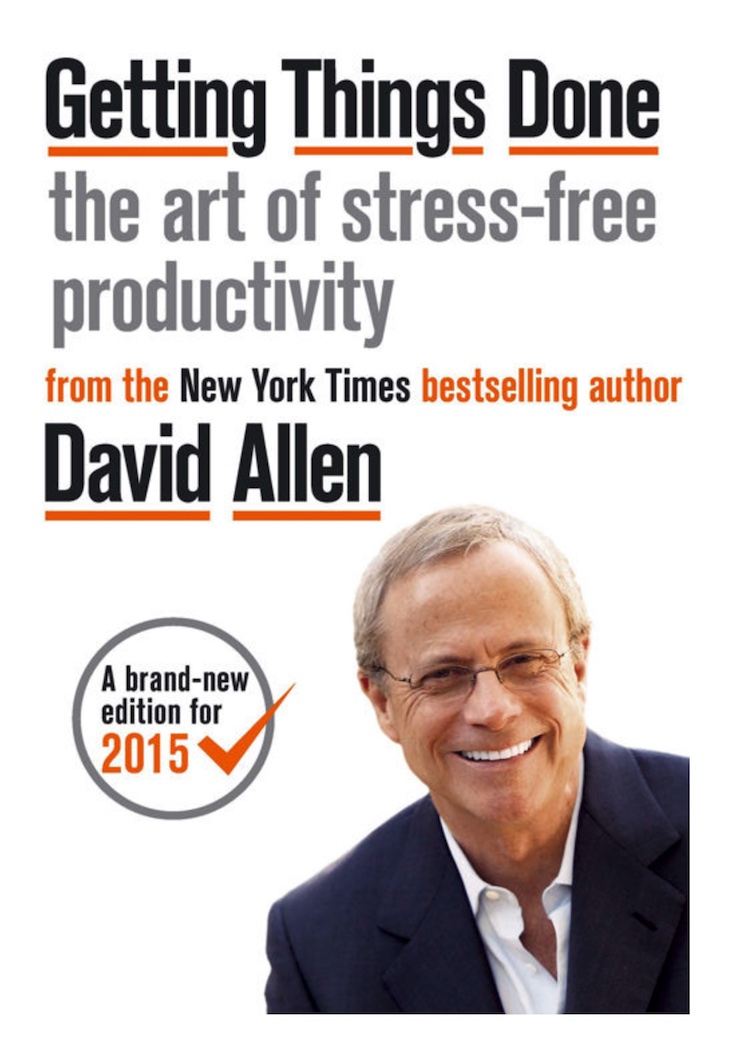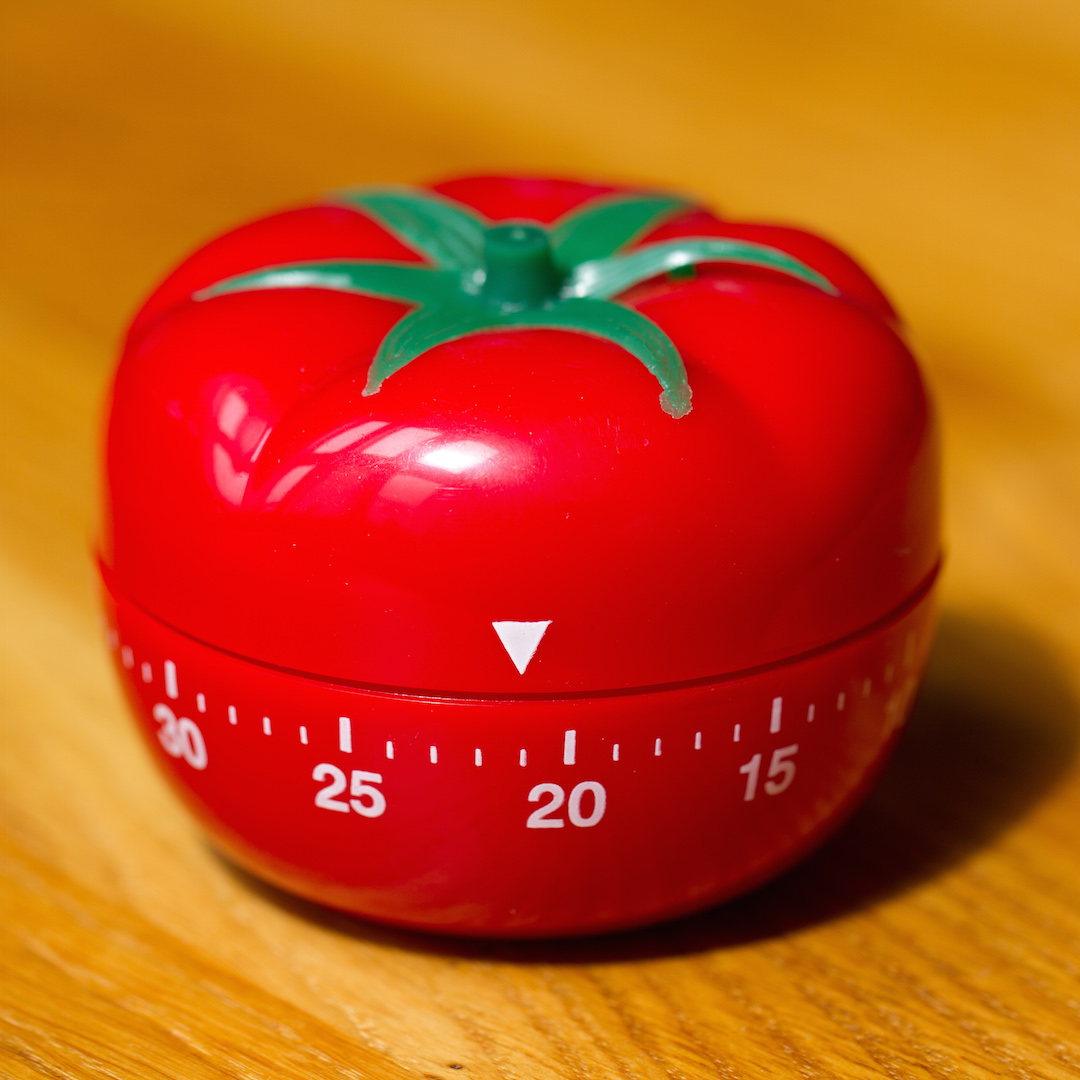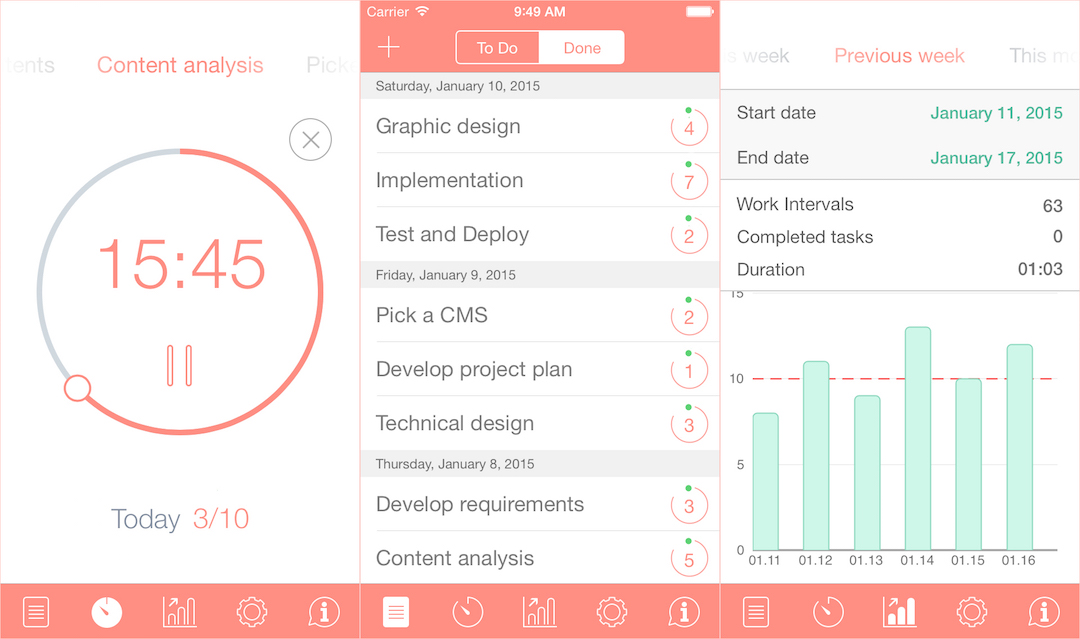Studio Productivity Hacks: 4 of the Most Effective Non-Audio Techniques for Turbocharging Workflow
I believe one of the most noble pursuits for human beings is to constantly try to improve, to become more efficient and more productive at the things we care about most.
In our profession, relentlessly pursuing that goal means smoother sessions, superior control of our craft, and better end results—all of which tend to translate into more and better-paying clients.
The following is a collection with some of the very best methods I’ve discovered so far in this evergreen pursuit of productivity. Although each of these techniques arose outside of the studio world and can be applied anywhere, I’ve found that they help a lot with my daily audio life. With any luck, they’ll help you too!
1) “10 Days to Faster Reading”
If you are reading this, I’m guessing you are already hooked on this self-improvement strategy as a way of life, and probably find yourself reading a lot of articles. In that case, you should give the book 10 Days to Faster Reading a try.
There are several exercises and techniques in the book.Here is one that can be very easily adopted: before reading any article, first do a fast previewing of it, by quickly reading only the titles, subtitles, and the first phrase of each paragraph. Go ahead, try it right now.
 Depending on the length of the text, this will take from just seconds to only a minute or so, and you’ll accomplish several things:
Depending on the length of the text, this will take from just seconds to only a minute or so, and you’ll accomplish several things:
1. You’ll be able to decide if the article contains the information you are looking for.
2. You’ll establish a roadmap of the content, creating a better understanding of the general structure, even if you have not learned the specifics yet.
3. When you finally do read it completely, you’ll have a sense of familiarity that will help you to better absorb and solidify the contents.
Yes, I know you shouldn’t expect to grasp new concepts in any real depth from such a preview. But with this technique, you can significantly increase your comprehension of the material when you do choose to dive deeper—and save yourself the trouble of wasting too much time on a post that may be of little value to you.
Why don’t you try it for yourself? Do a preview of the rest of the article, and then return to this point and continue reading it in a normal way.
In your preview, you would read this phrase, as well as all the titles, subtitles, lists, and any other word that is highlighted in any way. But you should not be reading this phrase during your preview, as it’s the second phrase of the paragraph. Go ahead, give it a try!
2) The “Pomodoro” Technique
I’ve been using this technique for years, and from the first time I started using it, it made such a big change in my productivity that my friends began to decline opportunities to hang out with me, just to avoid hearing me talk about it yet again.
In essence, the Pomodoro technique is a time-management method that establishes fixed work and rest intervals. The technique was concocted by Francesco Cirillo, and its name comes from the Italian word for “tomato” because Francesco used a tomato-shaped kitchen timer for his early experiments with the method.
The traditional technique uses 25 minutes “pomodoros” (intervals of time), and 5 minutes rest intervals. Once you’ve decided the task you will be doing, just start the timer and focus entirely on that task.
During the pomodoro period you are not allowed to do any other thing except the task at hand. Ignore any calls, messages, emails or any other kind of distractions. Once the pomodoro has finished, rest for 5 minutes, and start a new pomodoro right after it.
Once you have worked on 4 pomodoros, you are allowed to take a longer break (20-30 minutes), before starting again with a new string of four pomodoros with three short breaks in between.
Although the technique looks very simple, it has several profound implications.
For starters, the fact that the timer is running makes you much more focused on the task. It helps to avoid distractions and makes it easier to enter “in the zone” of high concentration and productivity.
It also allows you to better manage your time because, when facing your to-do list, you’ll be able to estimate how many pomodoros a certain task should take. Maybe the first time, your estimations will be a little bit off, but soon enough, you’ll have a pretty good idea of how much can be done in those 25-minute slots.
At this point, there’s also a component of gamification to the technique, because soon, you’ll discover yourself trying to improve your performance and striving to squeeze a little more into each pomodoro.
This technique also helps fighting procrastination because, even when you don’t feel like doing anything, once you push the start button you’ll jump into action. Usually, the first step with anything is the hardest one to take. But once you’ve started working on something, it is much easier to keep doing it. This new “let’s do something, I already started the pomodoro” thinking will help you with that.
Also very importantly, it forces you to take rests in a predictable way, which helps with your general health and stamina.
Now that the technique has become very popular, there are dozens of ways to implement it. In my case, I found the 25 minutes pomodoros too short, so I use 50 minutes pomodoros, with 10 minutes rests and 1-hour long break after 4 pomodoros.
This approach allows you to work for 50 minutes straight, moving a little and stretching your legs while maybe returning some calls during the 10 minutes of rest. Once you’ve done 4 pomodoros, you have 1 hour of rest—perfect to have a relaxed lunch and then start a new string of 4 pomodoros.
For some creative tasks, I’ve found that doing two consecutive 50-minute pomodoros without resting in between is even more productive, because just when the first pomodoro has finished, you are in the perfect zone, and stopping would mean losing focus.
You can adapt this technique in a way that best suits your needs. And, when you have several tasks to do that will take less time than a pomodoro, you can just group them together. When you divide your day this way, it is very easy to establish daily goals (for example, 10 pomodoros of 50 minutes every day), and measure your productivity during the week and month.
Of course, when you are working with clients in the studio, this schedule can be more difficult to follow, but don’t be afraid to suggest it if you feel it’s appropriate. Some of my clients have loved the pomodoro technique so much that they’ve gotten hooked themselves!
There are hundreds of pomodoro apps for both Android and iOS. I am currently using Be Focused Pro because it allows personalization of the intervals, and you can create tasks and assign pomodoros to them.
The app works as a small project management tool on its own, with which you can evaluate how much effort went into different projects.
I was in the middle of a pomodoro while writing this, but the timer has just rung. Give me 5, and I’ll be back.
3) Getting Things Done
As you can imagine, the benefits of the pomodoro technique vastly improve if you have a clear vision of what needs to be done, and when.
That brings us to the famous book Getting Things Done, by David Allen. This bestseller has sold more than 1.5 million copies around the world, and has been translated into more than 30 languages.

Getting Things Done is a modern classic in the field of productivity improvement, one of the most-recommended books of its type.
At the core of the GTD philosophy is the belief that “Your mind is for having ideas, not holding them”.
We all have dozens or even hundreds of things to do at any given moment, and David Allen proposes that having those thoughts at the back of your head is detrimental to your productivity, and is even the cause for much of the anxiety and stress you experience.
GTD helps in this regard by providing a method for capturing all those “loose ends”, categorizing them, and implementing a system to make sure everything gets done. This way, your mind doesn’t need to keep tabs of everything, freeing it to do what it does best: Thinking.
You start by capturing all your loose ends, and then finding the next action (or actions) that need to be done for each one. This “finding the next actionable task” is key to the success of the method.
Let’s say one of your loose ends is to fix some broken cables, but then you realize that your friend, Peter, borrowed your soldering rig, and you also need to buy some TRS connectors. Whenever you think about the broken cables, you’ll realize you don’t have everything at hand to do it, and you’ll probably procrastinate it.
Using the GTD technique ends this cycle. You start by creating the project “Fix the cables once and for all”, and then write down these actionable tasks:
1. Call Peter to arrange a meeting.
2. Pick up the soldering rig from Peter.
3. Order some TRS connectors online.
4. Fix the cables.
You can do some of those tasks very easily when it’s convenient. In fact, GTD encourages you to categorize your next actions according to where or when you can do them.
For example, task number 1 can be done very easily while during a pomodoro break, and for task 3, you’ll need access to the internet, so you could do it with your phone after hours or while you are on a non-driving commute to work.
The fact that all of these action items are very small tasks that can be done quite easily helps propel the projects forward. And, if you want to do something, you have to put yourself in the easiest situation to do it.
Want to go out to run, but don’t feel like it? At least dress yourself in your sports clothes. Within 5 minutes, you’ll likely think “Hey, let’s do it… total, I’m already dressed up, I only need to get out”.
The “Natural Planning” Method
The way we planned out the cable fixing project is called ”Natural Planning” in the GTD framework, because usually, that’s the way our mind thinks. You first think of the desired outcome, and almost automatically, your mind finds the needed tasks and often in the appropriate order too.
Projects that get put off are often the ones we haven’t taken a moment to plan in this way. In a nutshell, to do this natural planning process with any project, just follow these steps:
1. WHY. Define what the objective is and why you want to do it.
2. WHAT. Imagine how it will look and feel like when the project is successful. Imagine wild success, even some unthinkable things.
3. HOW. When you’ve done these two steps, you’ll probably have already some ideas of things that need to be done. Keep brainstorming.
4. WHEN. With all the ideas written down, group them and find the best order to do them.
5. WHO. Identify the next actionable tasks for each group, and who needs to do each of them.
Although it looks simple on the surface, this technique can be used to plan very complex projects. And don’t skip the first two steps—they are essential. Picturing what you want to do and how it will look and feel when you are successful will increase your motivation and prompt ideas that maybe you could otherwise overlook.
For example, when planning such a complex project as “Total renovation of the studio”, thinking about why you want to do it and picturing total success (healthy and steady booking, very happy customers, attracting some big clients…) will probably lead you to include groups of tasks that you might not have thought about initially, like “Talk with my top 10 clients to find out what they value the most about the studio now, and what they would like to have in the future” or “Learn more about some big artists in the area, how they work and what kind of equipment they expect”.
GTD is a very powerful and complex system, and fully implementing it can take some time and effort. If you are interested in it, I encourage you to read the book, as there are many details to be considered, and in all likelihood, you’ll find yourself adapting some methods more thoroughly than others.
In my case, I’ve adopted the GTD method partially, and I’m using the app Todoist as both the collection bucket and list organizer.
4) Elite Minds
When establishing your goals, try following some of the advice from the book Elite Minds.
Let’s say you want to improve your mixing workflow. Now, think about how many ready-to-show-to-the-client mixes you are 100% confident you can do in a week. Whether that number is two, five, ten, or a half a mix, this should not be your objective.
Why? Because your goals should challenge you.
“Okay then”, you may think, “my objective should be the number of mixes I’m 80% sure I’ll be able to do”. Nope. “60%?” No again.
The Elite Minds method suggest you should set goals you are 40% sure you’ll be able to achieve. That’s how you’ll really challenge yourself, and sharpen your focus and make you enter into “the zone”, where you work at your best.
As Ellen Johnson famously said, “If your dreams don’t scare you, they are not big enough”.
For more more techniques from this book try out this change in mindset, which I’ve found to be very useful: Don’t try to be better every day. Instead, seek to do your best every day.
Evaluating if you became “better” on any given day is difficult. However, if you focus on doing your very best every day, that’s more easily measurable, and one outcome of doing your very best is that you’ll become better naturally.
So try this: At the end of the day, pause to think if you did your best that day. If the answer is “yes”, put a W on your calendar (Win). If the answer is “no”, put an L on your calendar, and never let two Ls to occur consecutively.
End of pomodoro
Some of these techniques take more time than others to fully implement, but all of them surely deserve the effort.
They have helped me a lot, and will probably help you too. And remember, if you are doing the preview technique mentioned at the beginning of this post, you shouldn’t be reading this phrase.
What are your preferred tricks and techniques to beat procrastination and become more productive in the studio? If you did the preview and then read the whole article, did you notice the improvement? Let us know in the comments section below!
Please note: When you buy products through links on this page, we may earn an affiliate commission.










Null Static Void
January 18, 2018 at 7:12 pm (7 years ago)none of these are ‘audio’ related. This is just general boilerplate self improvement.